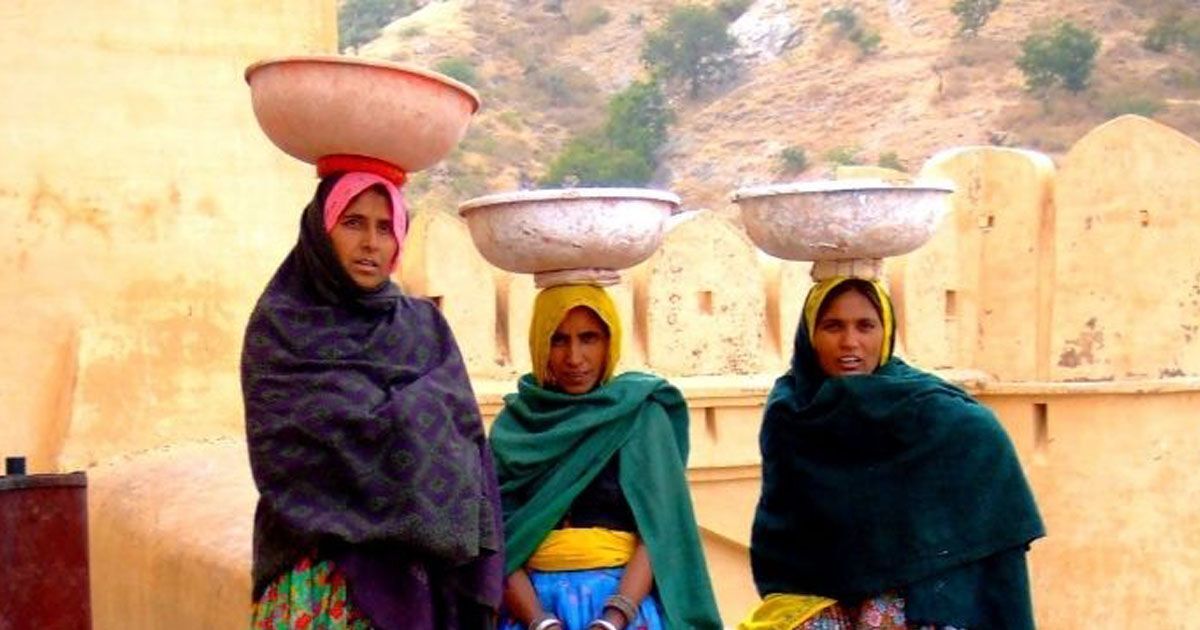
Manaswee Mahanta
The female labour force participation in India is abysmal and a lot needs to be done to change that statistic.
The share of women in India’s workforce has fallen over the years. According to an estimate, it has gone down from about 35 per cent to 23.3 per cent since the 1990s. This may appear surprising, since the 1990s marked the advent of LPG (liberalisation, privatisation, globalisation) reforms in India, followed by higher GDP growth rate and employment opportunities. Ninety-seven per cent of these women workers are in the unorganised sector, which points towards the inferior quality of employment opportunities available to women. The picture is grimmer than it appears. The Global Gender Gap Index, 2020, published by the World Economic Forum, has ranked India at the 112th position among 153 countries; lower than its neighbours like Nepal, Sri Lanka, Bangladesh, and China.
Experts have tried to explain the fall in women’s Labour Force Participation Rate (LFPR) by attributing some of it to the increasing rates of higher education enrolment of women. But the first and the foremost cause for it is the institutionalisation of patriarchy in our society. The patriarchal attitude of our society imposes a ‘dual burden’ on the women, which hinders their participation in the economy. Role stereotyping sees the women as only capable of performing household chores. In the organised sector too, women have only been confined to pink collar jobs, and there exists a huge gender pay gap due to the ‘glass ceiling’ effect.
"In the organised sector too, women have only been confined to pink collar jobs, and there exists a huge gender pay gap due to the ‘glass ceiling’ effect."

Lack of access to education and skill training, coupled with a high drop-out rate in girls, is another major reason why most women are confined to either the unorganised sector or the agricultural sector. Caste rigidities in the society also attribute to the low LFPR, since high caste women are more prone to domestication than lower caste women.
Also, violence at public place or workplace is a major deterrent to female labour force participation. This problem is further compounded by the absence of safety infrastructures, like CCTV cameras, a safe public transportation system, etc. There are many laws and provisions to address these issues, but implementation at the ground level has been poor.
The Ministry of Women and Child Development has come up with an online portal to address the complaints of Central Government employees for speedy redressal of grievances, called the She-Box. Another forward looking step taken by the government is the enactment of the Maternity Benefit (Amendment) Act, 2017, which extended the paid maternity leave. However, studies and surveys have shown that this Act has led to certain unintended consequences, like firms giving less preference to women employees. The Act has also led to the gender stereotyping of childcare and benefits are also limited to the formal sector.
The impact of low women LFPR is manifold. At the individual level, it lowers the woman’s social and psychological status. Women are reduced to being an agent of ‘cultural reproduction’, rather than acting as an agent of social change. At the national level, it is a huge loss of potential human resources. According to Mckinsey Global Institutes’s report, “More than 70 per cent of the potential GDP opportunity comes from increasing women’s participation in the labour force by ten percentage points.” Even Christine Lagarde has suggested that if women’s participation equals that of men, the GDP of India will increase by 27 per cent.
The Niti Aayog has, therefore, set a goal of achieving a female labour force participation of at least 30 per cent by 2022. To realise this, the government has to increase its social spending on education and skill upgradation of women to ensure their access to better job opportunities, and mobility from the unorganised sector to the organised sector.
Secondly, there is a need to develop the entrepreneurial spirit among women by giving loans at concessional rates, leveraging the MUDRA scheme to support enterprises run by women, and ensuring better financial inclusion of women under the Jan Dhan Yojana.
Ensuring safety at work and at public places is of utmost importance by implementing the Vishaka guidelines in letter and spirit. Creche facilities, breastfeeding rooms, etc., have to be provided to encourage women to rejoin their work after childbirth, and the idea of ‘paternal leave’ should be promoted so that there is no gender stereotyping of parental roles.
Lastly, it is gender sensitisation and moral overhauling which is needed to bring about gender parity in all the fields in our patriarchal society, and to achieve the SDG goal of gender equality and of empowering all women and girls by 2030.

